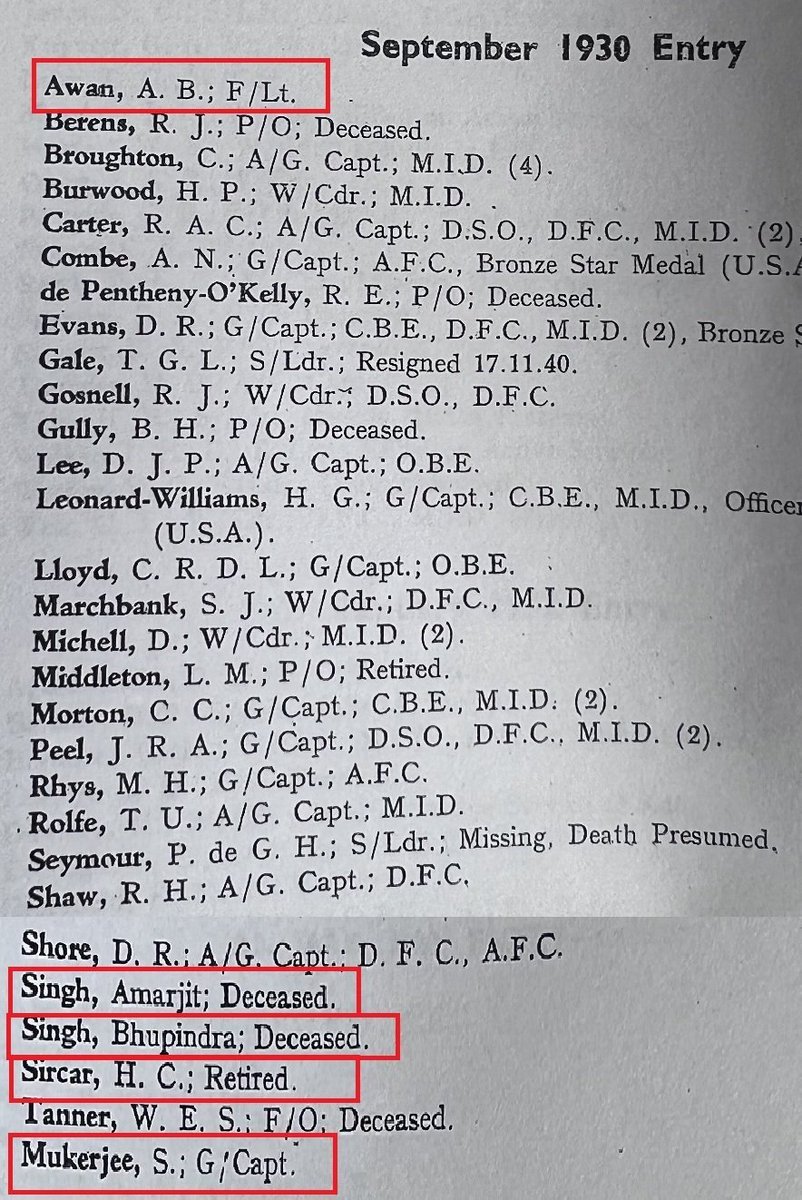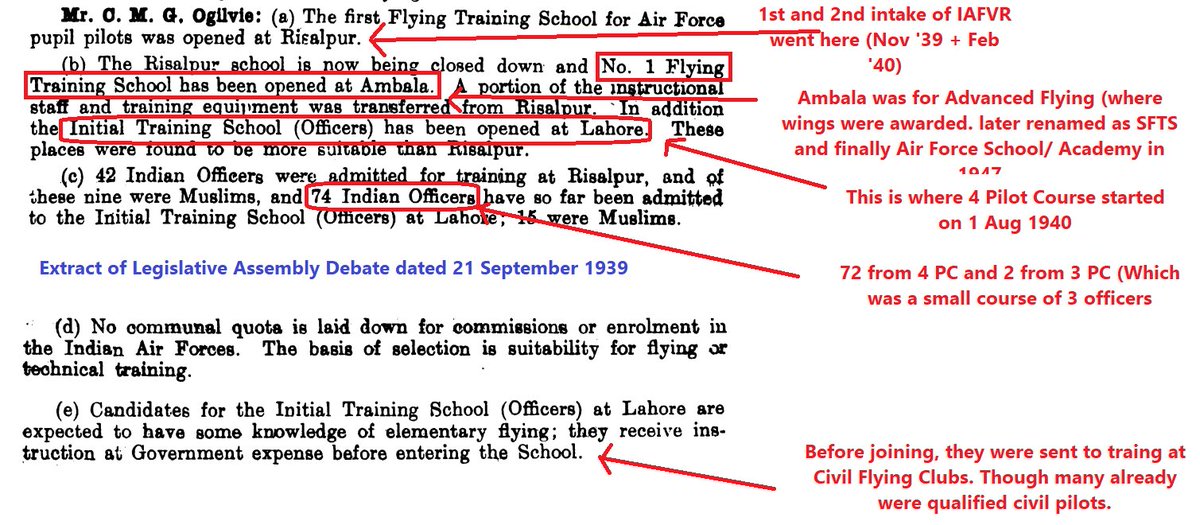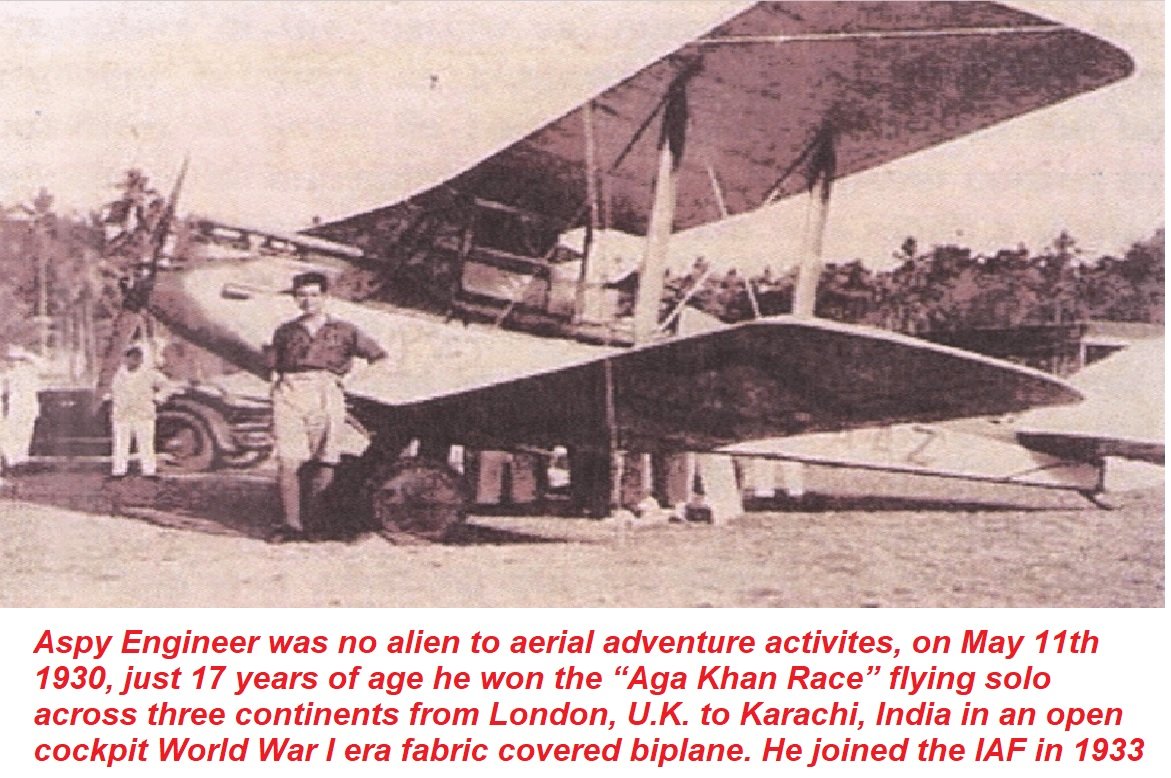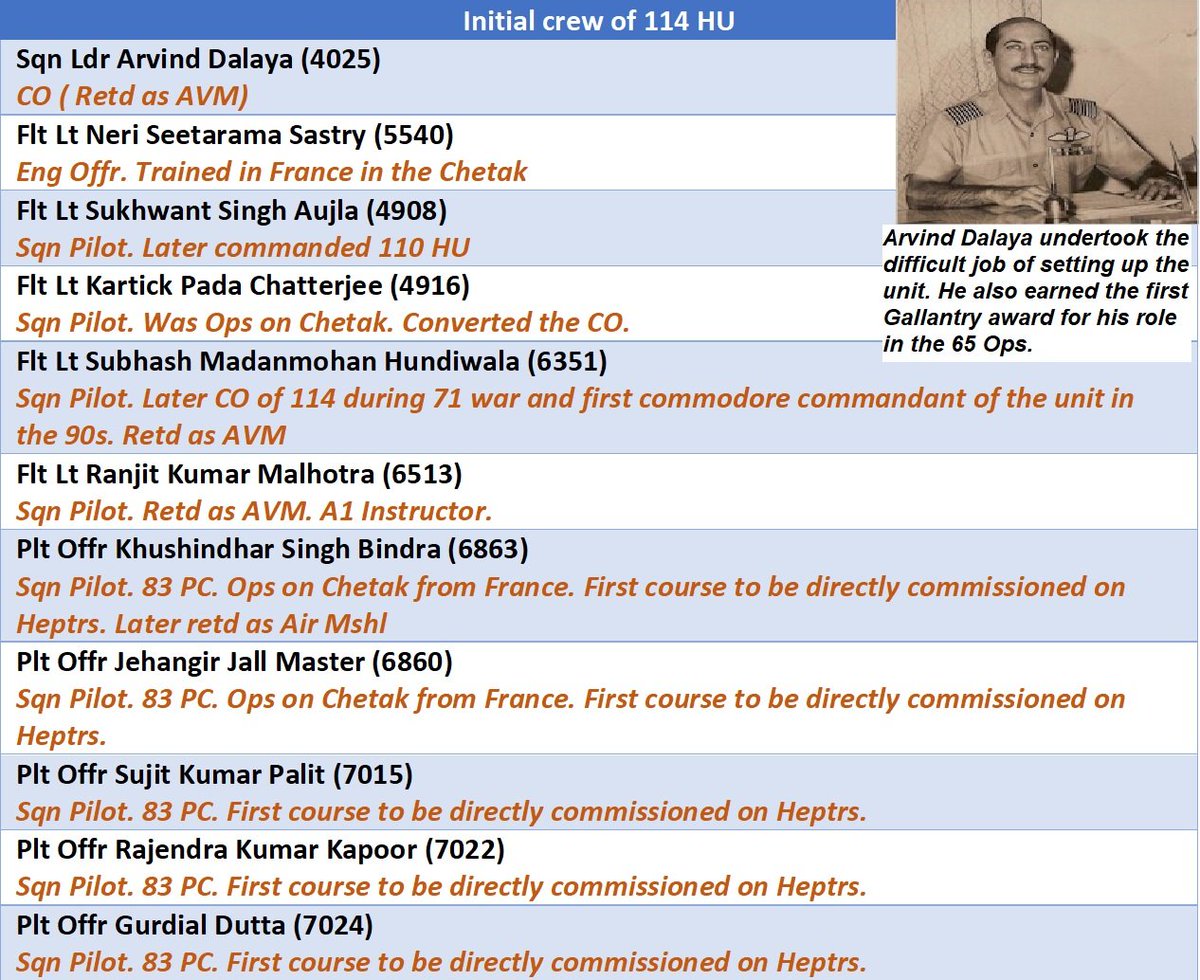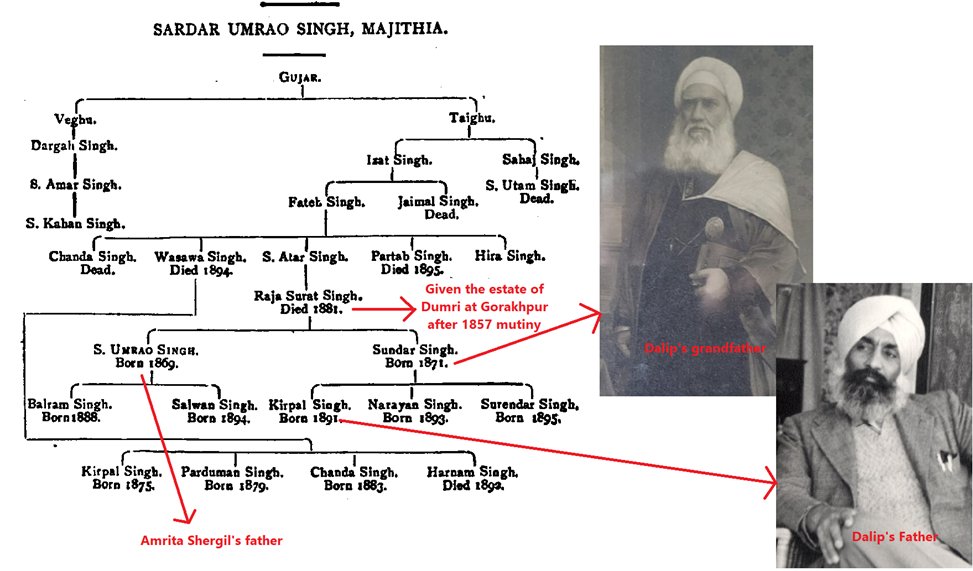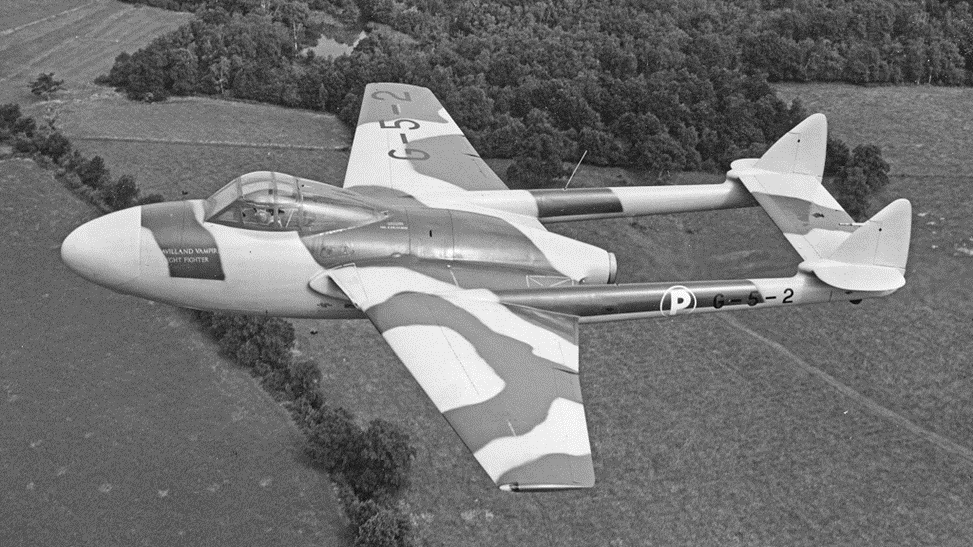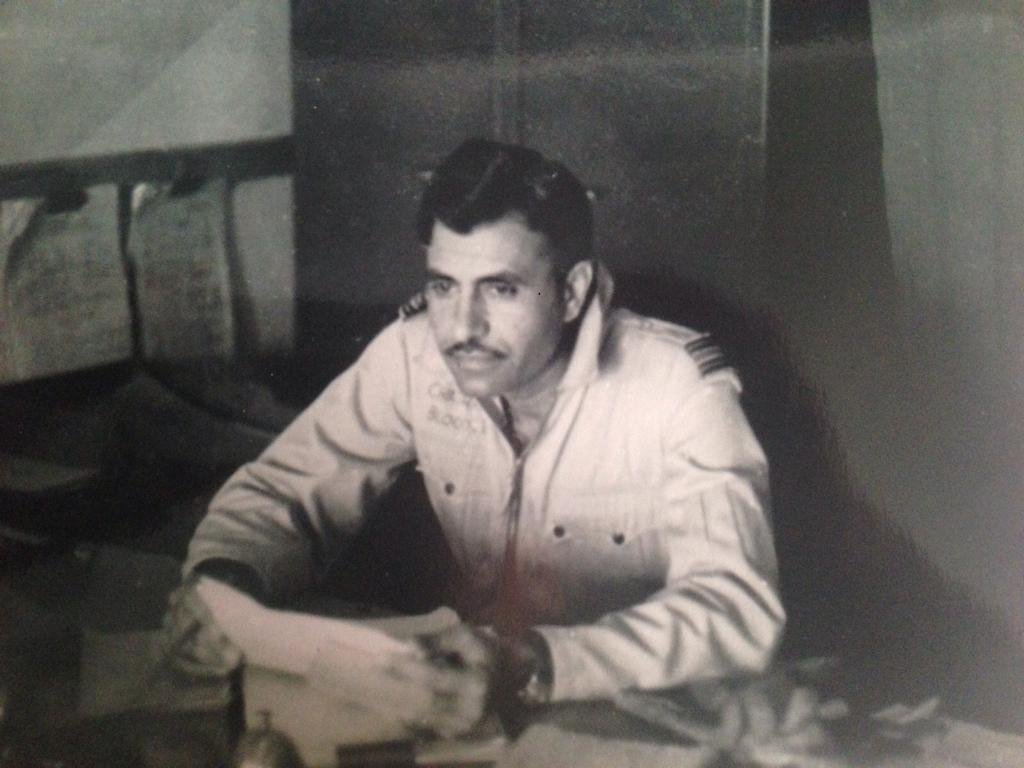Discover and read the best of Twitter Threads about #IAFHistory
Most recents (24)
The IAF’s No 1 Sqn was raised 90 years ago, on 01 Apr 33. No 2 Sqn followed eight years later, on 01 Apr 41. This thread attempts to unravel the events that led to the raising of the subsequent IAF sqns. #IAFHistory 



In the demise of 93-year-old Wg Cdr JM Nath yesterday, @IAF_MCC lost its most decorated officer alive, awarded with "MVC & Bar". The award nomenclatures often confuse us. This thread attempts a simple, abridged & demystified history of awards in the IAF. #IAFHistory (1/23) 

Harish Chander Sircar was the first & senior-most officer commissioned in the @IAF_MCC on 8 Oct 1932. More dubiously, he also holds the record for the first to be dismissed from service in March 1935. The intervening period is a story of many firsts. #IAFHistory (1/15) 

Republic Day Flypasts have enamoured our nation for decades. As we approach another such flypast, we look back at the first 50 years of #RepublicDay flypasts. Together the journey of flypasts is a mosaic of the country, its people, and the @IAF_MCC . #IAFHistory (1/30) 

History always has answers to contemporary questions. 100 years on, the use of Air Power was beautifully explained in a note from Air Ministry on the distribution & employment of Air Force in India in 1921. "Indivisibility","technicality", "Moral effect", "Cost" #IAFHistory (1/5) 

On 4 Nov 1963, an @IAF_MCC Mi-4 Helicopter of 105 HU with 9 onboard went down in the Dibang Valley of Arunachal Pradesh killing 5 Armymen. Pilots survived to share the first-hand tales of a week-long survival that we relive today through their eyes. #IAFHistory (1/21) 
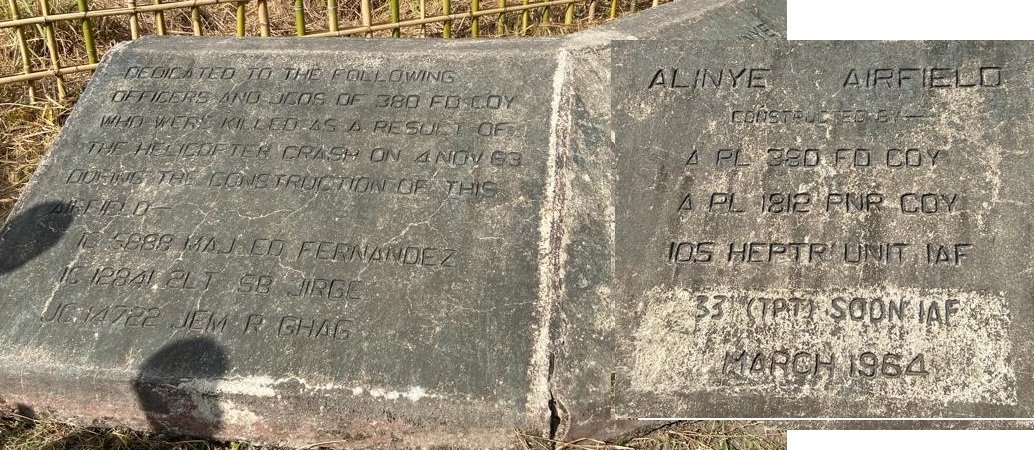
The story of how the first chief of the @IAF_MCC came about to be decided on. A period of 30 days in June/July 1947, hectic negotiations and parleys, and a surprise twist by later to be @IAF_MCC's first Indian Chief Subroto Mukerjee. #IAFHistory (1/16) 

72 men, 22 of whom died in service. Battle-hardened over Germany, Arakan, Burma, NWFP, Kashmir War, Goa ops, 62, 65, 71 war. In 1971 –all AOC-in-Cs & all PSO’s to the chief – were from this single pilot course. This is the 4th pilot course (4 PC) of @IAF_MCC . #IAFHistory (1/19) 

The only station named as a “Staging Post” in the @IAF_MCC was the No. 1 Aircraft Staging Post at Car Nicobar in 1956. This is the fascinating read of how Car Nicobar was the only RAF base in independent India & later became an accidental IAF “Staging Post” #IAFHistory (1/23) 

@IAF_MCC Srinagar base (1 Wing) has repeatedly witnessed aerial combat in its 54 years of hosting fighter aircraft. It turns a page when 51 sqn winds down after its 37-year vigil. This thread is a chronicle of Srinagar’s unique tryst with fighter aircraft. #IAFHistory (1/30) 

In ‘47, Srinagar had a fair-weather Kutcha grass strip of 1,500 yds used for light ac of Raja Hari Singh. At partition, Kashmir’s geo-loc & ltd rail/road links isolated the valley, enhancing the importance of the airstrip- placing it at the hub of efforts to save Kashmir.2/ 

Whilst IAF ops had started in Oct 47, an IAF establishment was placed here in May ’48. Spitfires, Tempests & Harvards of 7,8,10 & 101 Sqn operated throughout the war, moving out when the UN imposed a Ceasefire in '49. The Dakota (12 Sqn) story is here -3/
In 1953 @IAF_MCC made its maiden flight over Mt. Everest in a WWII vintage Liberator C-87, secretly synced with Edmund Hilary’s epic summit of the peak. This is the tale of the second ever photoreconnaissance flight over Everest & its stunning pictures. #IAFHistory (1/25) 

Trivia: The two Chiefs who led the @IAF_MCC during the 1960s demitted the office of the Chief nearly 4 to 6 months prior to the official retirement date, proceeding on leave. This oddity was not repeated but remains a mystery. This thread is a brief exploration. #IAFHistory (1/6) 

History of the 114 Helicopter Unit - the “Siachen Pioneers”, an @IAF_MCC unit that has been continuously in ops the longest amongst all services,regularly faced nature,enemy fire & lost its own during peace. It remains a unique unit in the world of aviation. #IAFHistory (1/34) 
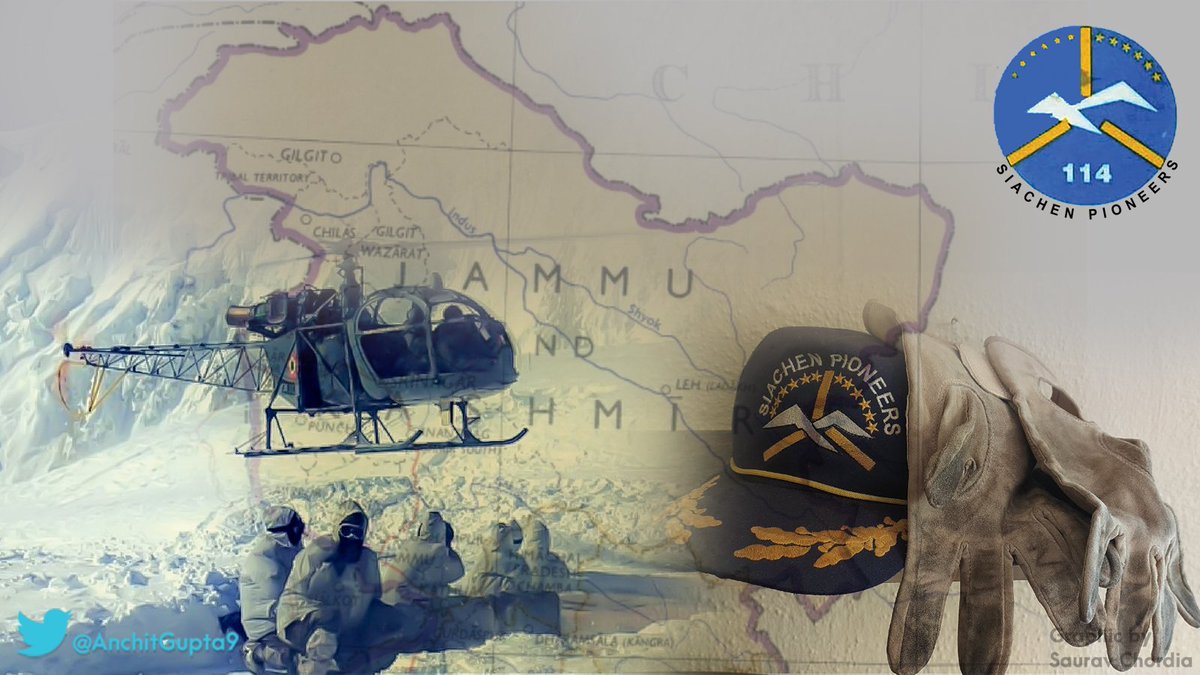
Oldest surviving fighter pilot of the @IAF_MCC turns 102 today. Dalip Singh Majithia (1615) in his 7-year career flew 1100 hours on 13 types of ac & saw action in WWII over Burma. This is his story, deeply intertwined with IAF’s fast growth,action-packed phase. #IAFHistory (1/27) 

Btwn 1954-64, the night skies of Delhi & Bombay were protected by a unique @IAF_MCC fighter aircraft - DeHavilland Vampire NF54 (aka NF10 in @RoyalAirForce). This is the fascinating short-lived journey of the only exclusive night-fighter aircraft in the IAF. #IAFHistory (1/24) 

Air Mshl VK “Jimmy” Bhatia – one of only 5 to be “Bar to VrC” in @IAF_MCC . Jimmy’s exceptional aviation career remains unmatched. He flew 34 sorties across 65 & 71 wars, deep into enemy territory destroying ac & military assets. His story. #LivingLegends #IAFHistory (1/24) 

He was born on 5 Oct 42 at Mardan, near Peshawar as one of seven siblings with 3 elder sister & 3 younger brothers. Partition took a toll on the family. His mother &all the brothers died during the partition/ migration years plunging the family into a nomadic state for years. 2/
Celebrating today, 50 threads on @IAF_MCC History. Barring a few earlier, it all began in Jan’22. Since then: ~1000 tweets, 5.2 million views, ~70,000 engagements. This thread is a compendium of all the threads so far. Humbled & grateful for the encouragement. #IAFHistory (1/51) 

The heroic story of Leh Airfield construction (1/50)
Beautifully Camouflaged Vampire and its heroics in 1971 War (2/50)
When the @IAF_MCC pilots flew the F-86 Sabres with the USAF and then “slew” it in the 65 and 71 Wars. The saga of the 80 odd IAF fighter pilots who trained with the USAF between 1963-66 and later claimed five PAF Sabre kills amongst them! #IAFHistory (1/17) 
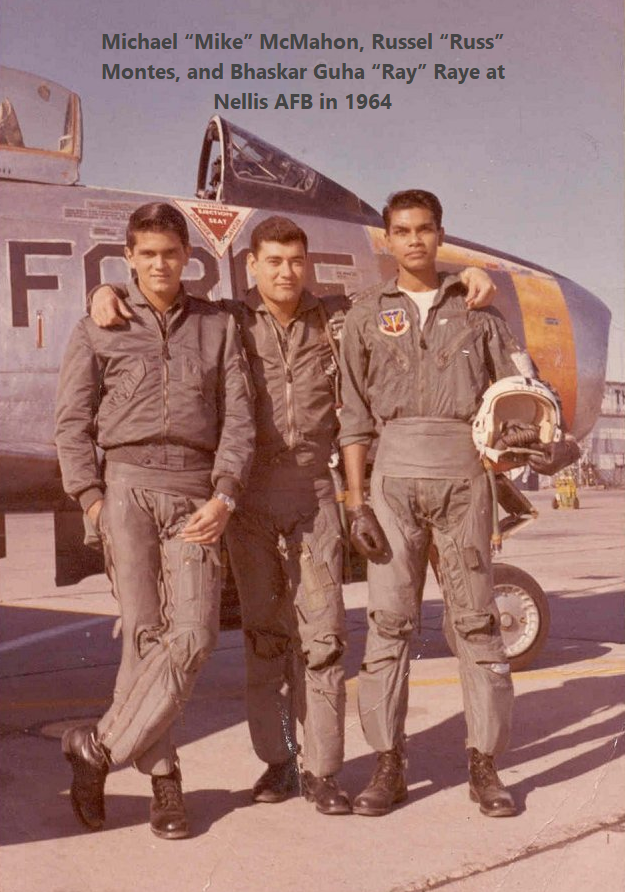
Air Cmde Narinder Chatrath(3959) VrC, today passed away,aged 95.He commanded 17 Sqn @IAF_MCC during 71 war that led an attack on Kurmitola, the heavily defended airbase near Dacca taking on a dogfight with two PAF Sabres, shooting one down. May he rest in peace. #IAFHistory (1/6) 

This thread seeks to give a historical perspective to cadre management by taking a peek into some critical periods in the evolution of the @IAF_MCC officer cadre. It throws up some real-life fascinating insights that planners might want to consider. #IAFHistory (1/17) 

De Havilland Devon (also called Dove) was the first Transport aircraft acquired by @IAF_MCC post-independence. 22 a/c served in 6 units across 39 years (1948 to 1987). In its IAF colours, this pocket-sized bird has quite a story to tell. #IAFHistory (1/24) 

de Havilland DH.104 Dove was a short-haul ac used both by airlines & military. Considered to be one of Britain's most successful postwar civil designs, over 500 ac were manufactured btwn 1946 & 1967. RAF, RIAF and RNAF purchased the modified variant “C Mk 1” in the late 1940s. 2/ 

It had two things going for it – The first British transport with a tricycle undercarriage & a braking propeller. Powered by two 330/400 hp Gipsy piston engines, seating max of 11, it had a max speed of 317 Km/h, max ceiling of 20K ft and range of 1,600 km at full payload. 3/
@IAF_MCC celebrates AVM Harjinder Singh as the pioneer of the Tech branch. Unsung and unknown is the name of Air Cmde Narinjan Parsad Nair. He was the 4th senior-most officer ever in the tech branch when he hung his boots in 1965. This is his journey. #IAFHistory (1/16) 

Born on 21 Nov 1915 at Kunjha, Gujrat in West Punjab, to Dewan Durga Prasad Nair who was a criminal lawyer with practice at Ferozepur, Nair would be inclined to the military from early on. His RIMC interview was conducted by the Governor of United Provinces 2/
He was at RIMC Dehradun from 1927 to 1933. A contemporary of Gen. Prem Bhagat, he joined the Indian Military Academy in 1934 but was withdrawn on medical grounds having partially lost hearing in one ear due to an infection caught during participation in a swimming competition 3/
Do you get confused with the nomenclature of establishments in the @IAF_MCC ? Words like Comd/Wing/Station/ FBSU/ C&MU confuse you? This abridged thread tries to explain the structural philosophy which the IAF has followed, initially borrowed from the RAF. #IAFHistory (1/16) 

The IAF HQ in Delhi is essentially divided along the Ops, Maint & Adm verticals. Its 5 geographical & 2 functional command HQs are likewise divided. Each Comd oversees numerous Stations that are largely functional in nature. These stations are named as per their functions. 2/
General Manekshaw, but this one was with the @IAF_MCC ! Air Vice-Marshal Jemji Harmusji Framji Manekshaw, was the younger brother of the great Sam Manekshaw. And he too served with distinction, pioneering aviation medicine in India. This is his short story #IAFHistory (1/9) 
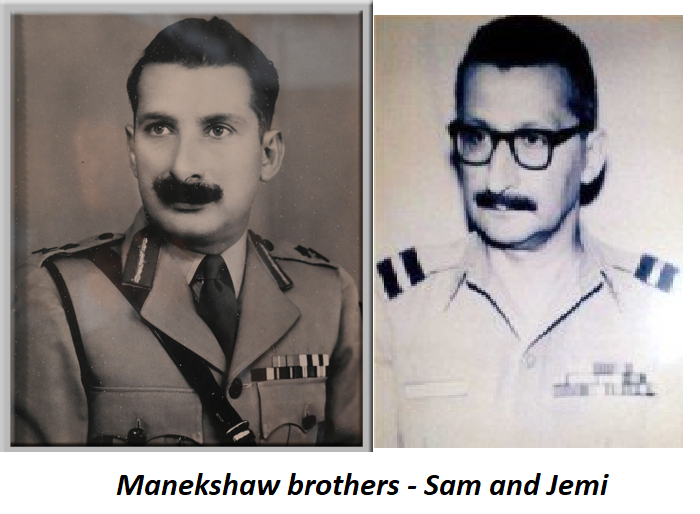
Born on 28 Oct 1916, Jemi was 2 yrs younger than Sam & as Sam went to Sherwood. He joined the Medical Corps in Feb 1943 & was trf to IAF in July (33rd Med offr to join IAF). Posted to 4 Sqn during WW II, he saw active service in the Arakan offensive against the Japanese. 2/








